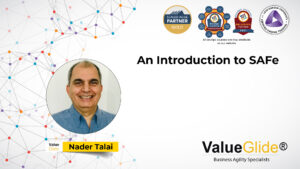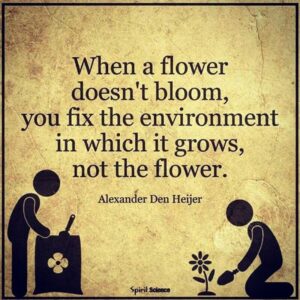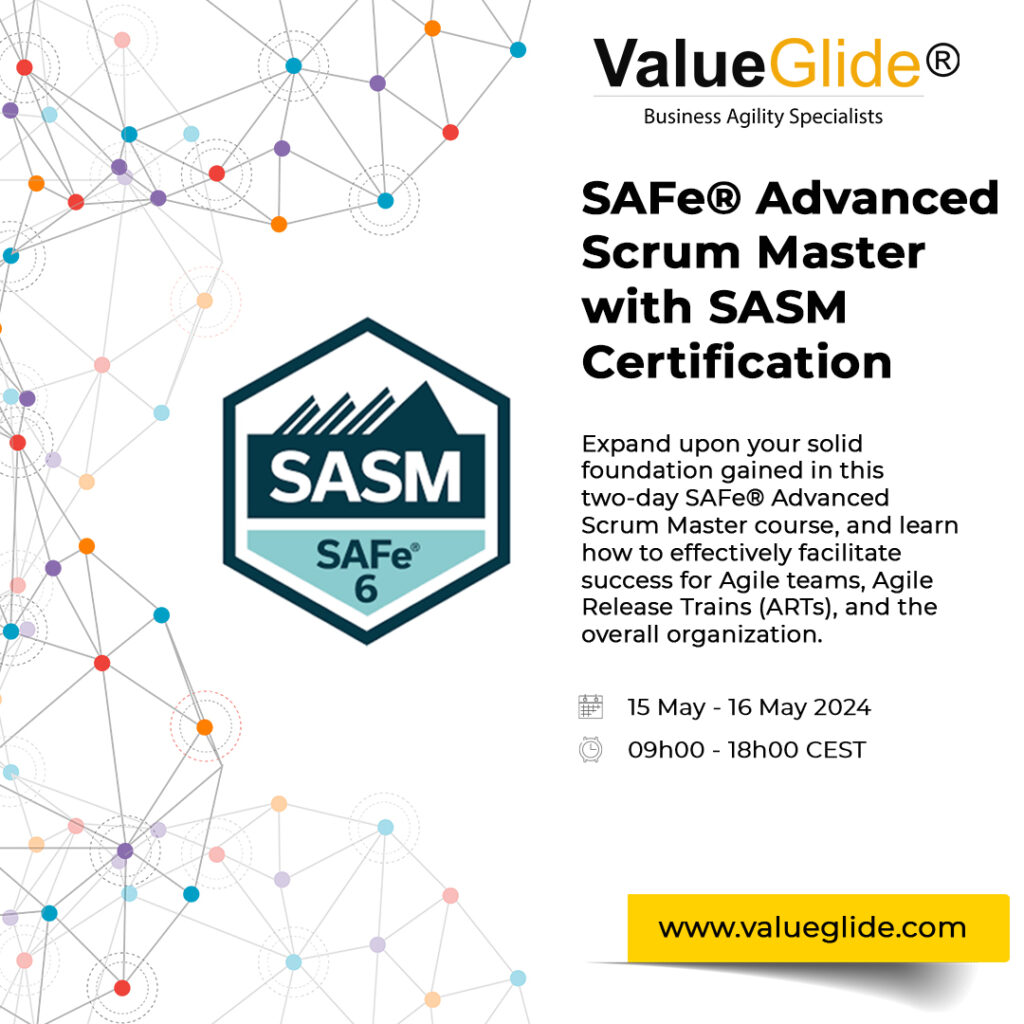Kanban is a method that enables you to transform your organisation through purposeful and insightful evolutionary change. Kanban method is designed for managing and improving knowledge and creative work.
When we work with physical goods, it is easy to see how work is flowing and where work is waiting for service this is not possible in knowledge work. Kanban method uses visual tokens to represent work items and creates a virtual kanban system which makes the invisible work visible.
Kanban method uses work in progress as an enabling constraint to create a pull system of work and enables better work management with improved service delivery.
Kanban has three agendas to help focus organisations and change on what matters most for the organisation right now. The agendas are complementary and work together to evolve organizations.
-
-
- Service Orientation
- Sustainability
- Survivability
-
Service Orientation
Kanban sees organisations as interdependent and interconnected service centres focused on customers. Each service is designed as a Kanban system from the first principles while taking a holistic approach. The evolutionary approach acknowledges that we can not change the whole system in one step, but we can define what we are looking for and evolve to it. The future is not a fixed destination it has a set of characteristics that we are optimizing the system for and adjust as we go along. For example, our future could be we want most of our products to take less than four months from ideation to launch. We want to see most of our staff be engaged in the work and contribute to improving our work. and so on
Kanban’s service delivery lens helps you improve your service delivery and evolve your current ways of working.
Sustainability
The core tenant of Kanban is balancing the demand and capability and eliminating overburdening staff. Kanban achieves this through transparency, collaboration and balance. Transparency through visualising the work and the workflow and achieving balance through limiting the work in progress to match demand and capability.
Kanban’s focus on completing rather than starting work is captured as Stop Starting, Start Finishing. The work-in-progress limits create conditions for collaboration within the organisation and shift thinking from I am done to we are done. I am done is necessary but not sufficient we need to get to we are done.
Survivability
What got you here won’t get you there, by Marshall Goldsmith is an excellent way to summarise this agenda. Organisations can’t rely on past successes to guarantee the future and need to be continually sensing the market and customer needs and adjusting their strategy to ensure future survivability.
The Kanban Method’s Service Delivery Principle
Your organisation is a set of interdependent services that fulfil customer demand. The Kanban Service delivery view lets you focus on maximising your customers’ value flow.
Service Delivery Principles
- Focus on customer
- Manage the work
- Explicit policies
{{cta(‘b23f06b4-325d-45cb-b289-f1cb7e754c45’)}}
Customer focus is at the heart of the Kanban method and service delivery. Service is from the customer’s perspective.
Manage the work, the optimal fulfilment of the customer request is what we focus on, we manage the work by minimising the delays and handoffs.
Explicit policies, we make our work policies explicit to enable them to evolve and improve.
The service delivery principles aim to continually evolve the organisation’s service delivery capabilities and improve fitness for purpose.
Related Content
Kanban Change Management Principles












